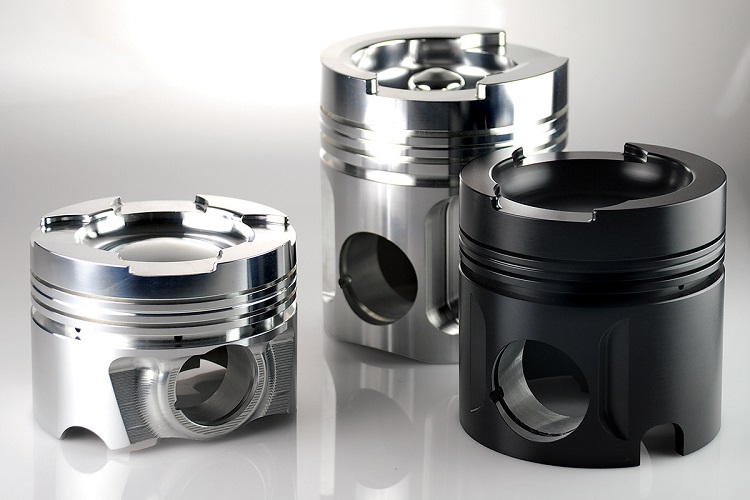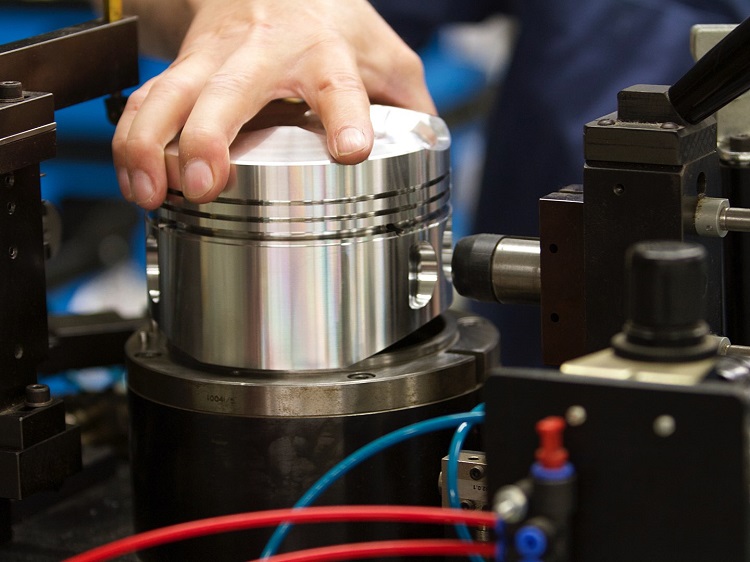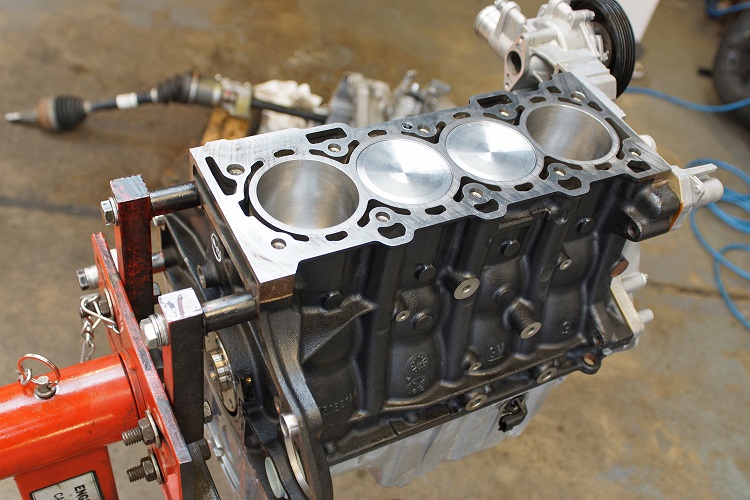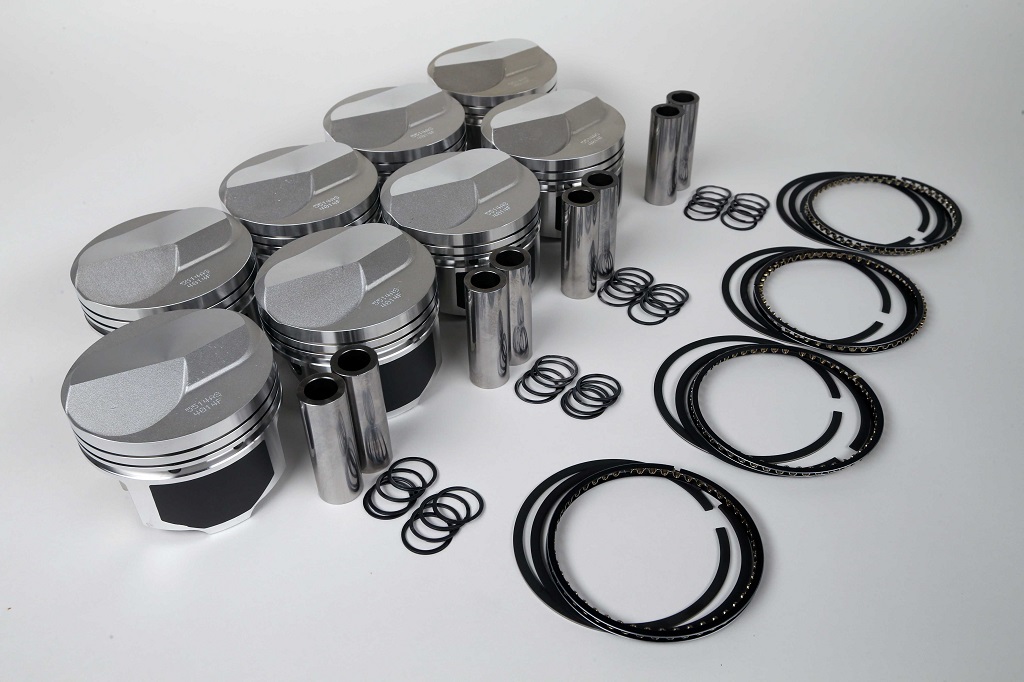Since the early 1900s, our vehicles have been predominantly run on petrol and that has stayed the case for more than a century now. The process of burning fuel to create rotational force has also stayed largely the same. Fuel gets brought to cylinders in which air is present and a spark is generated which causes an explosion to take place.
The force from this controlled explosion then pushes the pistons which transfer this movement to the wheels through various other linkages and engine components. You can say that the pistons are the first engine component that comes into the combustion created movement and thus it is responsible for it being usable. This makes pistons a crucial component that an engine cannot operate without.
Types of Pistons

Forged
A forged automotive piston is made by cutting an aluminium alloy rod into billets. These billets are heated up and put in a forging press which applies high pressure onto it to shape it like a piston. Once the billet is shaped it requires more machining which makes forged pistons less affordable than cast ones. But because of this manufacturing process forged pistons for cars are stronger and more ductile while having a superior grain flow. If you have a high revving engine then forged pistons are your best solution.
Cast
Since there are different types of internal combustion engines there are also different types of engine pistons. Cast pistons are made with molten alloy comprised mostly of aluminium which when melted it gets injected into a mould. This mould cures and solidifies making for a piston that requires little machining before it can be used. Although they are the trickiest to install cast engine pistons are the best at minimising bore wear and blowby emissions.
Hypereutectic
With a hypereutectic automotive piston, you get a less ductile solution than a cast piston which is not as strong as forged pistons but are still better than cast pistons. The manufacturing process of hypereutectic engine pistons uses a casting process but it uses more than 12.5% silicon. This makes hypereutectic pistons expand less than cast ones and thus wear less. Hypereutectic pistons can also be used in engines with tight clearance.
What to Look for When Buying New Pistons

Bore
The first thing you should look at when buying new pistons for cars is the cylinder bore. The condition of the cylinder bore is going to tell you a lot about the piston. This mainly has to do with its size. If it’s an oversized piston it will have a larger diameter than that of your cylinders. Usually anywhere from 0.5 to 2 mm is considered a standard size bore.
Ring
After taking a good look at the cylinder bore, you should do the same with the piston ring. The thickness of the piston ring will decide whether or not you’ll going to be able to improve your engine’s performance as well as longevity. Thicker ones are going to restrict that while thinner rings will give you more leeway.
Free-Drop
What you want to avoid happening in the engine is called piston-to-valve contact. The best way to do so is to have enough clearance and for that, the piston crowns need to be deep enough. This is where you need to pay attention to the free valve free drop. If the valve has a shorter free drop then you have a better solution when it comes to avoiding piston-to-valve contact.
Pins
A part of every piston that takes some serious abuse is the wrist pins. Wrist pins are as important as the design of the pistons. Standard wrist pins are best for engines that have anywhere from 90 to 100 hp per cylinder. Anything above that requires more rugged wrist pins.
Heads
Cylinder heads improve all the time and so does chamber design and valve placement as a result of that. This makes it harder to find the correct cylinder heads, You need to be exact with the specifications of the piston manufacturer especially with domed pistons.
When to Replace Pistons

Power
Although you may want to replace your existing pistons just to upgrade your engine, sometimes you will be forced to do so. This can be due to blueish smoke coming from the exhaust and a loss of power. The most common piston failure has to do with the rings and bores. When the integrity of both has been altered the engine loses its ability to compress the air and fuel fixture and thus it loses power.
Compression
The same thing can happen with the compression levels in one cylinder. When there is not enough power to compress the air and fuel mixture there is a loss of compression. If this happens even in one cylinder the whole engine gets to experience the same thing. Even if the loss of compression is not at the minimum required level it could affect the whole engine. This mainly happens because of a broken ringland.
Damage
Broken components can cause damage to other surrounding parts and they can easily cause greater issues than the one that occurred initially. This damage can occur due to a broken chain or belt which can cause a collision between the valves and pistons. This will require new pistons and valves.

